The festival of Janmashtami is the celebration of Lord Krishna’s birth, an annual festival that is recognized through many names such as Gokulashtami, Krishnashtami, Srijayanti, or more popularly Janmashtami. The commemoration stems from India’s most populated state, situated in the north-central region of the country Uttar Pradesh since the city of Mathura is the birthplace of lord Krishna. However, the whole country celebrates the festival with the same amount of enthusiasm and vigour, including the state of Goa.
The population within the state of Goa is inherent with different cultures, with Christians, Muslims, Hindus, and distinct religious groups all existing in harmony, each celebrating their cultural festivals in a grandeur manner. Hence, even though the festival originates from a land far away, it holds its significance even in Goa. Mentioned below are a few glimpses of the various ways that Goa has adopted the celebration of Janmashtami.
The Dahi Handi Ritual
This ritual is something that every person who celebrates Janmashtami looks forward to the most. It is the utmost unique aspect of this festival, that memorializes and honours the childhood of lord Krishna through the remembrance of his naivety and mischievous behaviour as a child. The word Dahi means ‘curd’ and Handi translates to a ‘pot.’ Typically, on the day after Janmashtami, meaning a day after the birth of Shri Krishna, the occasion of Dahi Handi is celebrated, usually in the evening.
All across the state, multiple competitions are organized, with prizes of various kinds for the winning team, mainly including cash prizes. People across the state participate in extreme zealousness and devotion. The concept is basically to form a human pyramid to reach the handi which is suspended from a great height usually with the help of a rope. The member of the team that is at the top of this pyramid must break loose the coconut tied to the handi and utilize it to then break the handi which is filled with dairy products. Contestants are judged based on their swiftness, and minimal errors.
Aside from competitions, this ritual is adored and worshipped by various educational institutions within the state from primary schools to colleges of all kinds. Students eagerly wait for such cultural events, through which they are also offered a chance to exhibit their talents, students from different cultures all come together to join in the joyous gaiety of acknowledging the peculiar title of ‘Makhanchor’ that lord Krishna possesses.
Fasting for Janmashtami
Along with Dahi Handi, the tradition of fasting is also highly common and familiar within the state of Goa. Many individuals adopt various kinds of fasts in honour of lord Krishna, the fast is typically broken at the stroke of midnight as this is believed to be the birth time of when lord Krishna entered the world. The distinct fasts include Nirjala Fast, which is a rather strict fast that prohibits the person from consuming any eatables or even water during the entire day of Janmashtami.
The other kind includes the Phalahar fast, which is more common across Goa, as this fast allows the individual to consume certain fruits as well as dairy products. Additionally, overall, the consumption of rice or grains in any form is completely prohibited while assuming fasts on Janmashtami. Fasting of any variation is an essential aspect across diverse cultures and their festivals, as it is believed to be cleansing and purifying for a person’s soul, aiding them to get rid of the negative energy that surrounds them.
Distinct Devotional Dedications
As with most Hindu religious ceremonies, the festival of Janmashtami too is welcomed with a galore of devotional prayers and singing known as ‘bhajans’ or ‘aartis.’ Along with holding a fast devotees also visit temples, these temples have been preparing for a long time for the occasion of Janmashtami. Devotees spend their evening of Janmashtami engrossed in a spiritual environment of continuous religious chants and prayers in honour of lord Krishna, which only ends at midnight which is the hour of breaking the day-long fast.
Other enthusiasts also bring home an idol of Shree Krishna in his infant stages of life, this idol is then worshipped for two days. Numerous temples across the state celebrate this festival, followed by the Dahi Handi euphoria, which takes place right outside the temple premises or in a courtyard.
Additionally, the Goan celebration also witnesses the holy dip in the Panchaganga, at Narvem which is located in the Bicholim Taluka of the state. Individuals from all across the state visit this location as it also holds a special Ashtami ‘Jatra’(Pilgrimage festival) during the Janmashtami time. In Narvem locals also visit to perform religious rites for dead relatives, after which they engage in the holy dip at the Panchaganga.
Many Goan Hindus have their own extraordinary manners and traditions of engaging in the birth of Lord Krishna, however, the celebration is given great significance throughout the entire state forming an environment of excitement and exhilaration for the generally two-day-long celebration.





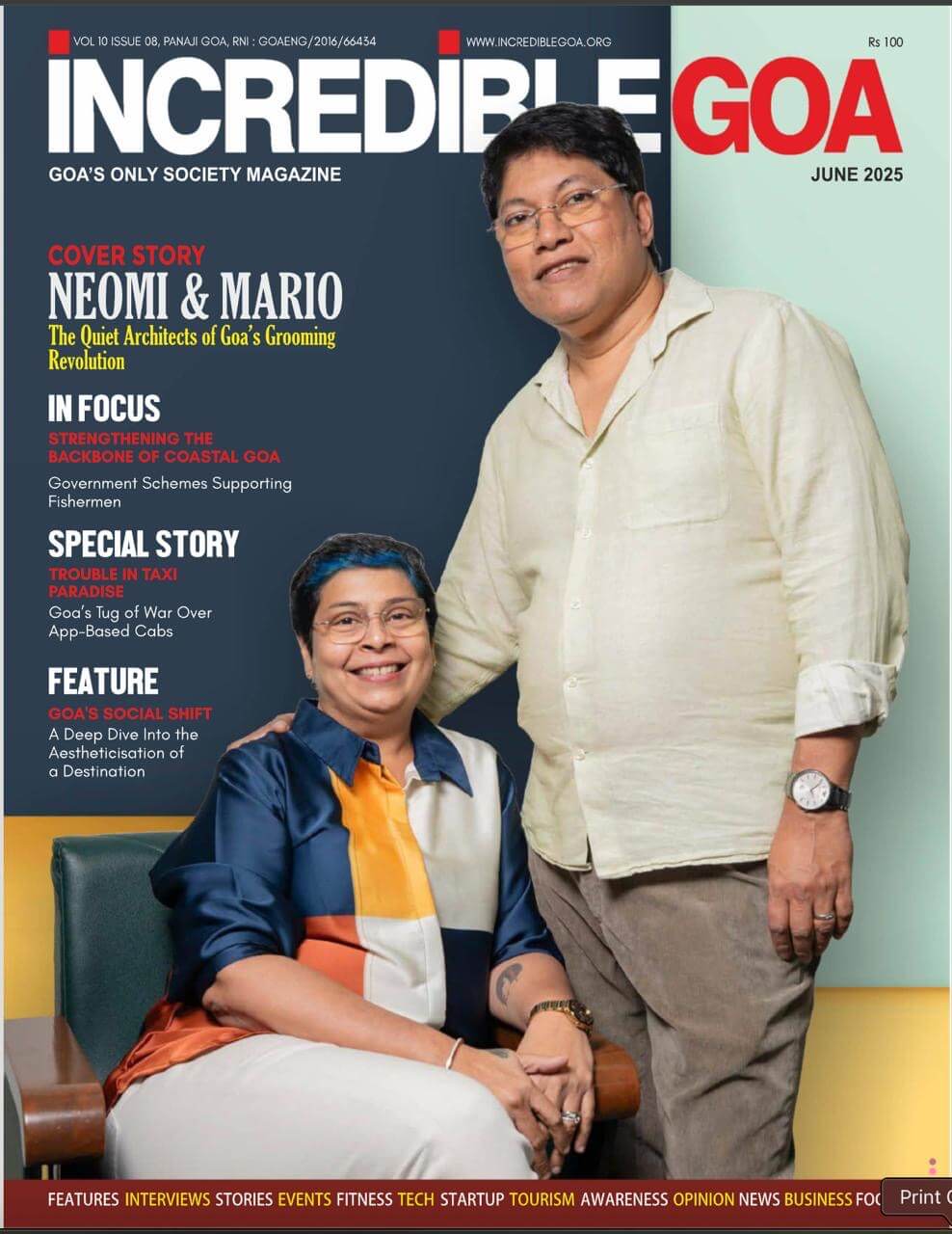

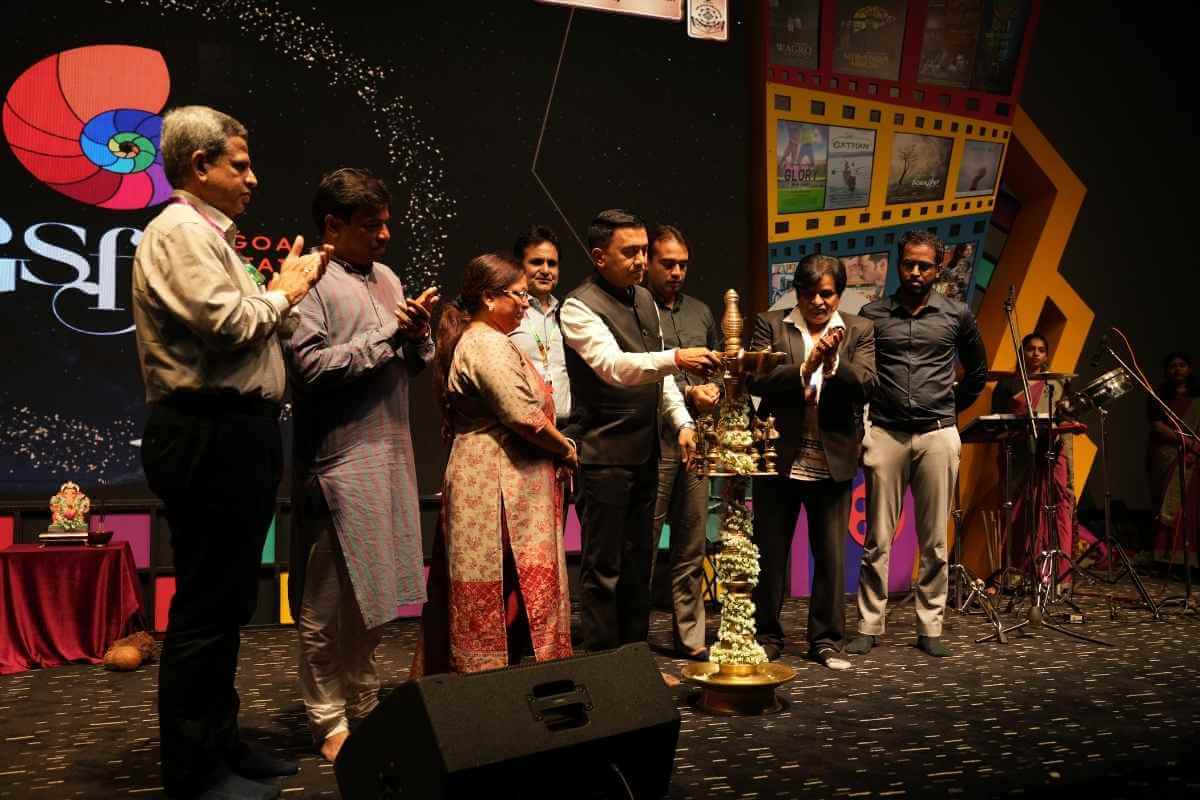
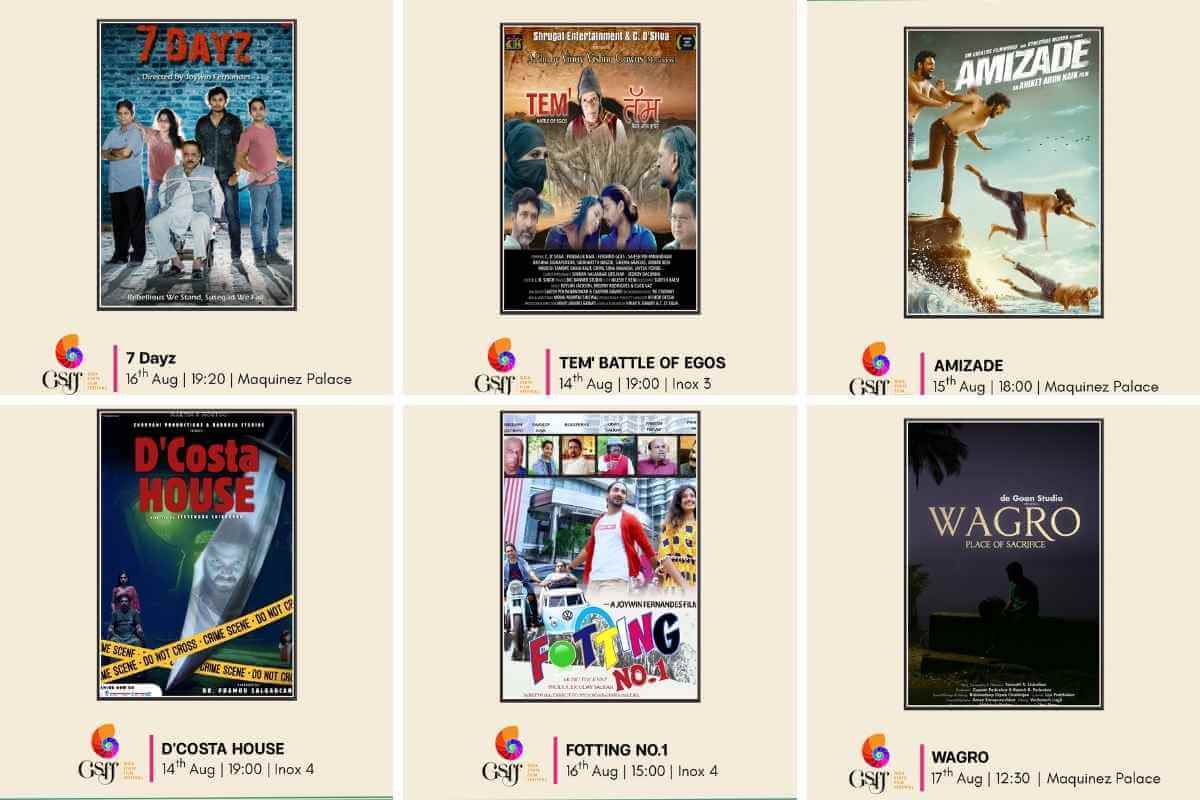

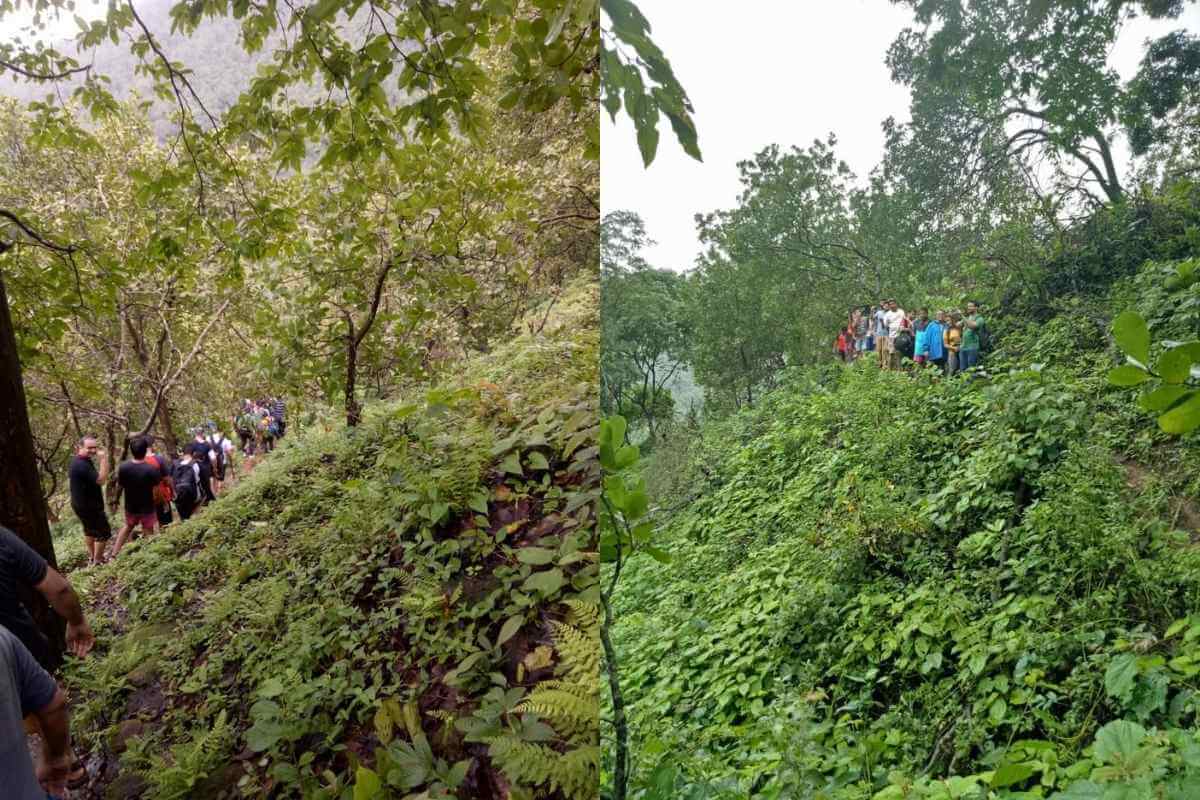









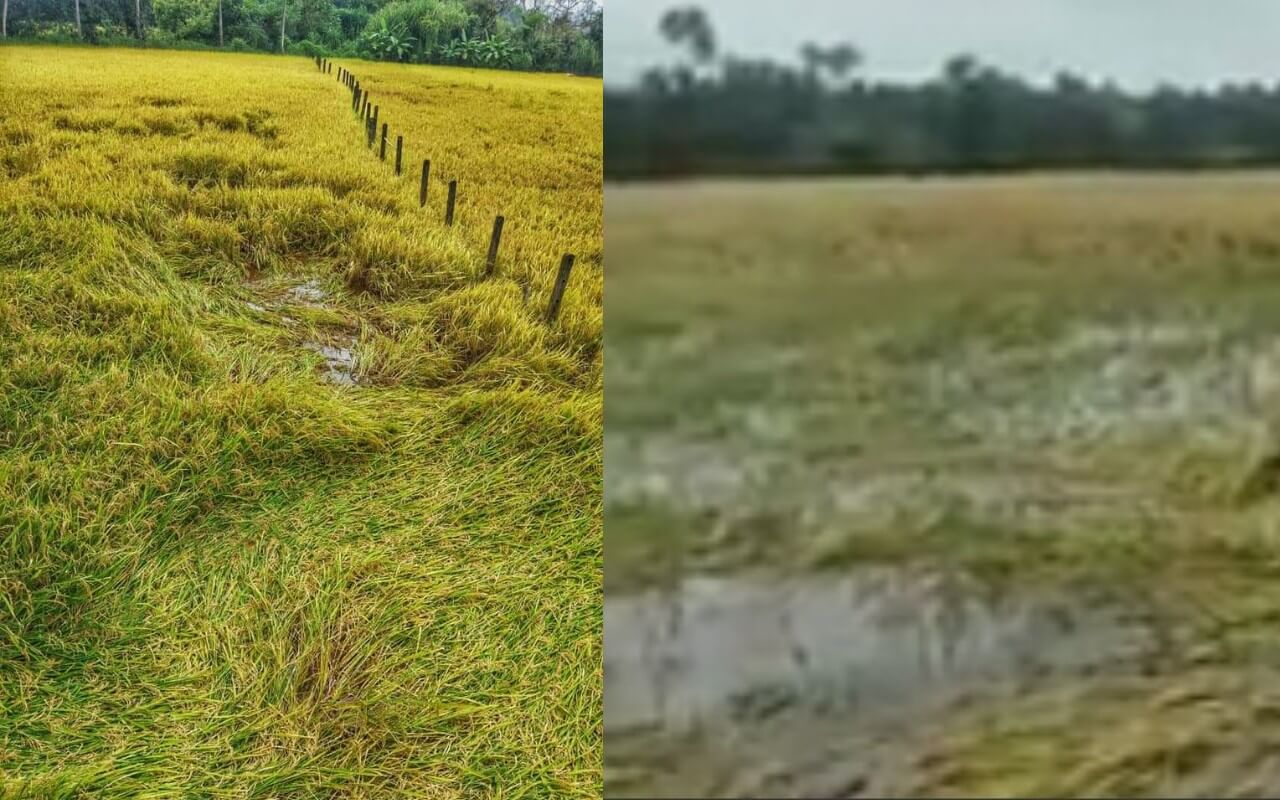


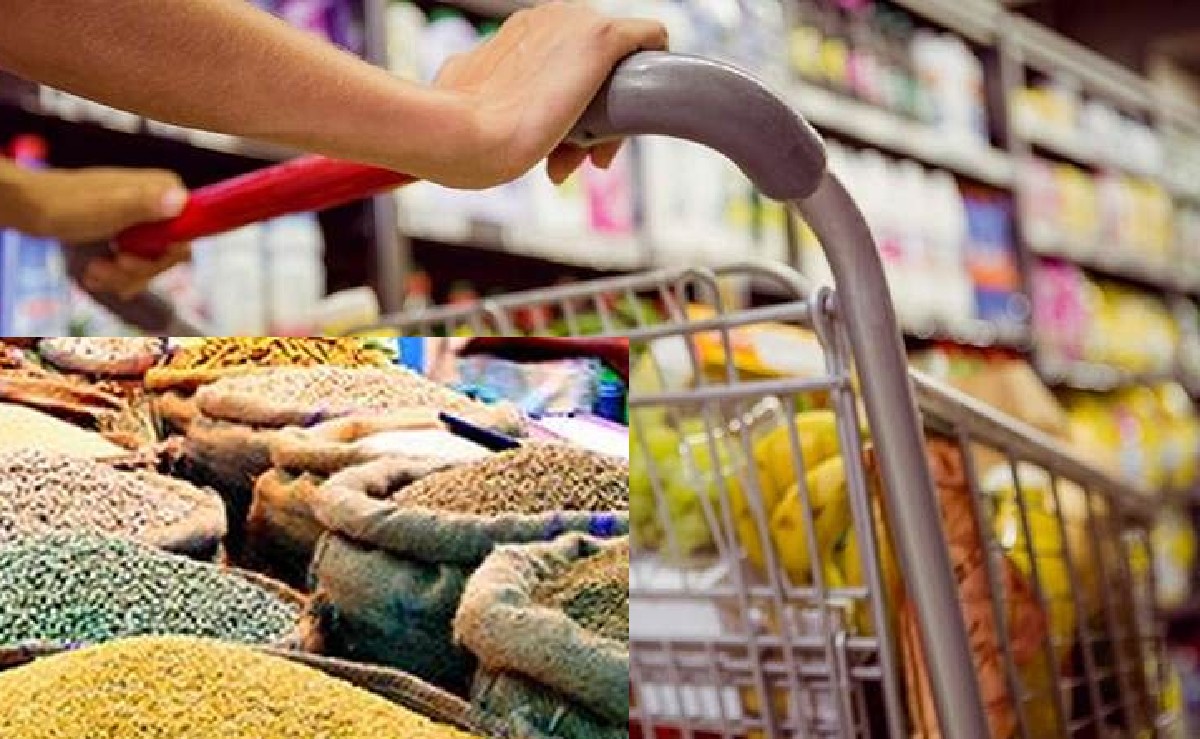


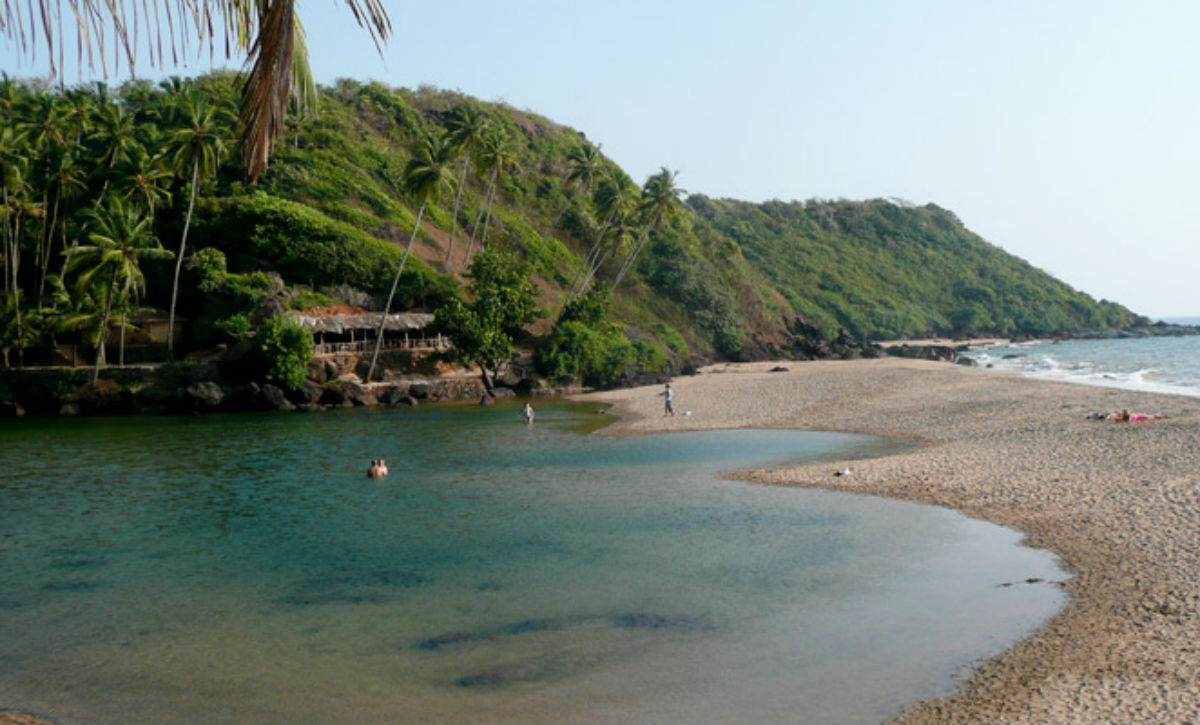




2 thoughts on “Celebrating Krishna Janmashtami in Goa: A Blend of Tradition and Devotion”
Nice and elaborate Janmashtami info.
Jay Shree Krishna!